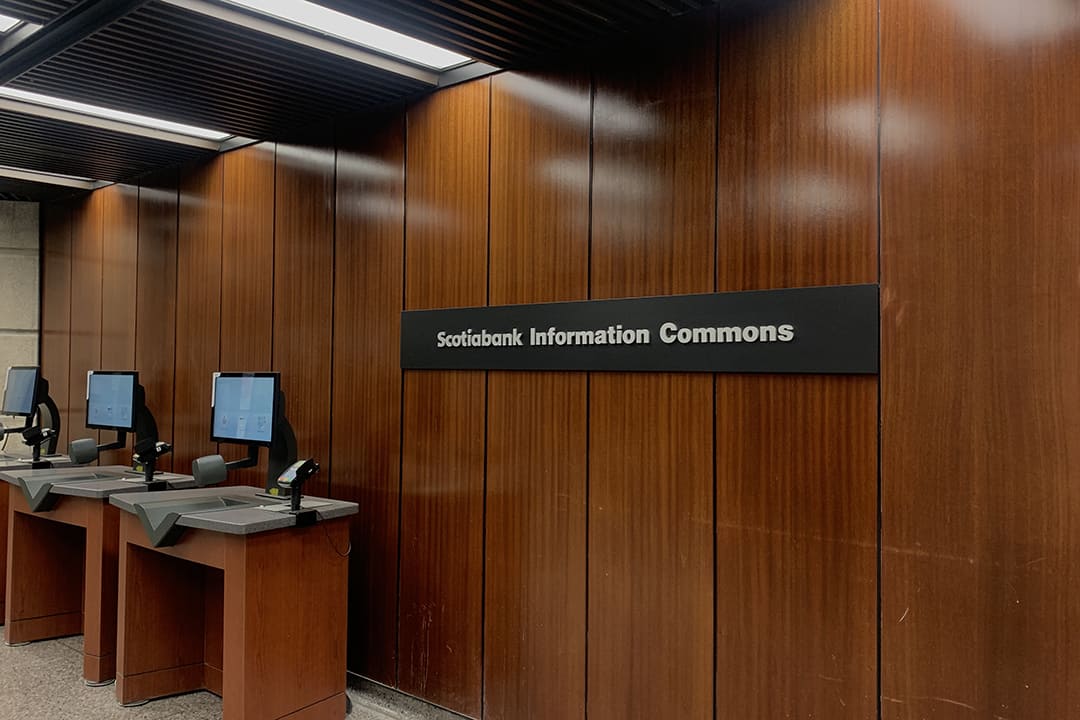In February 2019, the University of California made headlines in the academic world when it broke its long-term subscription contract with Elsevier, one of the world’s largest academic journal publishing companies.
The movement for universal open access to academic publications is on a sharp rise, marking a historic blow against the corporate world of predatory academic journal publishers. Many other institutions have followed suit on the University of California’s decision to end its 11 million USD contract. It’s time for this controversy to reach a definitive conclusion: academic paywalls have to go.
The seven-figure numbers
A single academic paper in Science, one of the more popular academic journals, costs an exorbitant 30 USD to read. Among Elsevier journals, which use a subscription system, a yearly individual membership to individual journals can cost thousands of dollars, which — even without much calculation — is an aggravatingly high price.
However, institutions like universities pay even more. Before the lawsuit in 2019, the University of California was paying Elsevier an annual 11 million USD in subscription fees — an entire 25 per cent of its journal budget for all nine of its schools. The University of Virginia paid over 1.7 million USD to Elsevier in 2016, and by 2018, the yearly subscription had risen to more than 1.8 million USD.
In 2018, Canadian universities alone paid over $300 million in subscriptions, and this even included access to papers written by their own faculty members and researchers — who, by the way, pay fees of their own.
That’s right; in a sick twist of fate, the authors of these papers have to pay to publish their work in the journals, from pre-acceptance fees to editorial fees to processing fees. And the morally righteous who want their works to be open access have to pay an additional fee on top of it all that can cost anywhere from 500 USD to 5,000 USD.
Furthermore, a subscription does not give unlimited access to everything — which is surprising, given the amount of money being paid. Like how cable TV gives you a certain number of channels, the journal subscription fee buys for a select bundle of papers. What’s included in the bundle is what you’re given, and if you’re unlucky enough to need something that isn’t included, you have to pay even more fees.
A bunch of sharks
In 2019, Elsevier made up about 34 per cent of its parent company RELX’s 9.8 billion USD revenue, at 37.1 per cent profit margins for the publisher. Of course, there are production costs to consider, from printing and publication fees to wages, but the final numbers don’t lie. Most of the fees paid to journal sites are utilized in the worst way possible: for corporate profit.
The academic journal world is a raging, money-chasing oligopoly, at best. The ‘big five’ publishers — Elsevier, Springer Nature, Wiley, Taylor & Francis, and Sage — collectively publish more than 11,000 journals per year. Because of the tight chokehold they have on the industry, they can set their preposterous prices with almost no repercussions.
It’s not like there’s an alternative choice. Researchers need a place to publish their work — it’s quite literally their job — and students need somewhere to gather research and get learning materials.
The importance of free access
Exorbitant subscription costs aren’t the only problem. The unforgiving academic publishing industry has caused major problems for universities, as it forces them to make choices that will have lasting effects on researchers and nonresearchers alike.
It’s impossible to simply not pay for subscriptions. Students, professors, and researchers rely on access to papers for various academic purposes, and access to academia is absolutely crucial in any postsecondary institution that supports innovation. However, fitting subscription fees into the budget means cutting down elsewhere, whether that be through books, resources for other disciplines, or affording papers from more than one publisher. Hence, because of their high article and subscription prices, academic journal services can heavily limit an academic’s freedom to explore.
Academia and knowledge should be fundamental rights, and yet they’re constantly being sacrificed. It makes no sense that institutions have to choose between access to popular journals and other budgetary priorities — and it makes even less sense that this issue occurs simply so that a few corporate pockets are full. Students should be able to study what they want, professors should be able to use any supplemental teaching materials they’d like, and researchers should be able to reference other papers in an effort to produce better work.
We must eliminate the root source of the issue: subscription-based academic journals. Simply put, the paywalls benefit nobody. Not the postsecondary students who have to limit their academic reading to what’s included in the bundle their universities buy or fork over 30 USD; not the universities, which could benefit from allocating the millions spent on subscription fees to other, more useful, endeavours; and certainly not the researchers, some of whom pay hundreds or thousands of dollars to make their work open access because the publisher refuses to.
The only ones that come out triumphant are ridiculously profitable academic publishing services like Elsevier — and something about that just isn’t right.
Isabella Liu is a first-year social sciences student at Victoria College.


